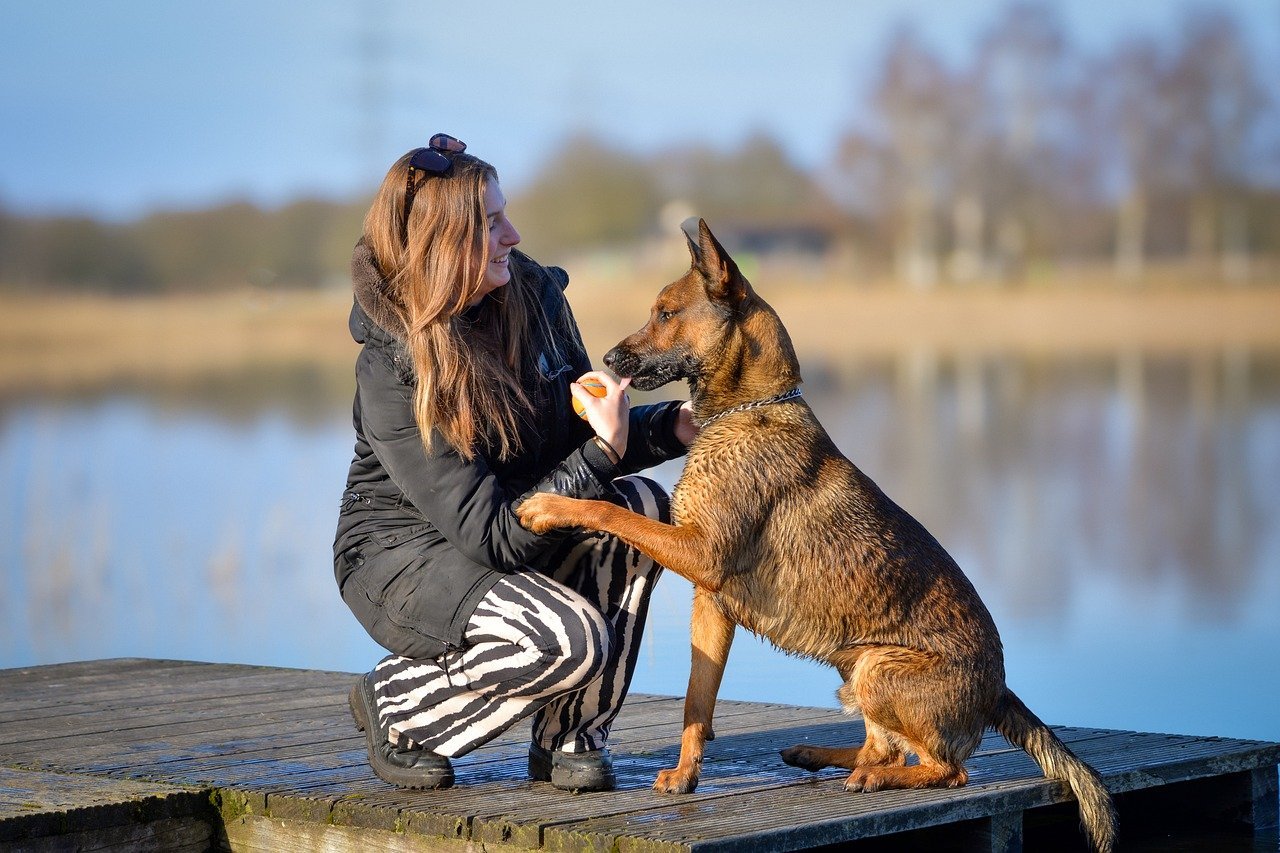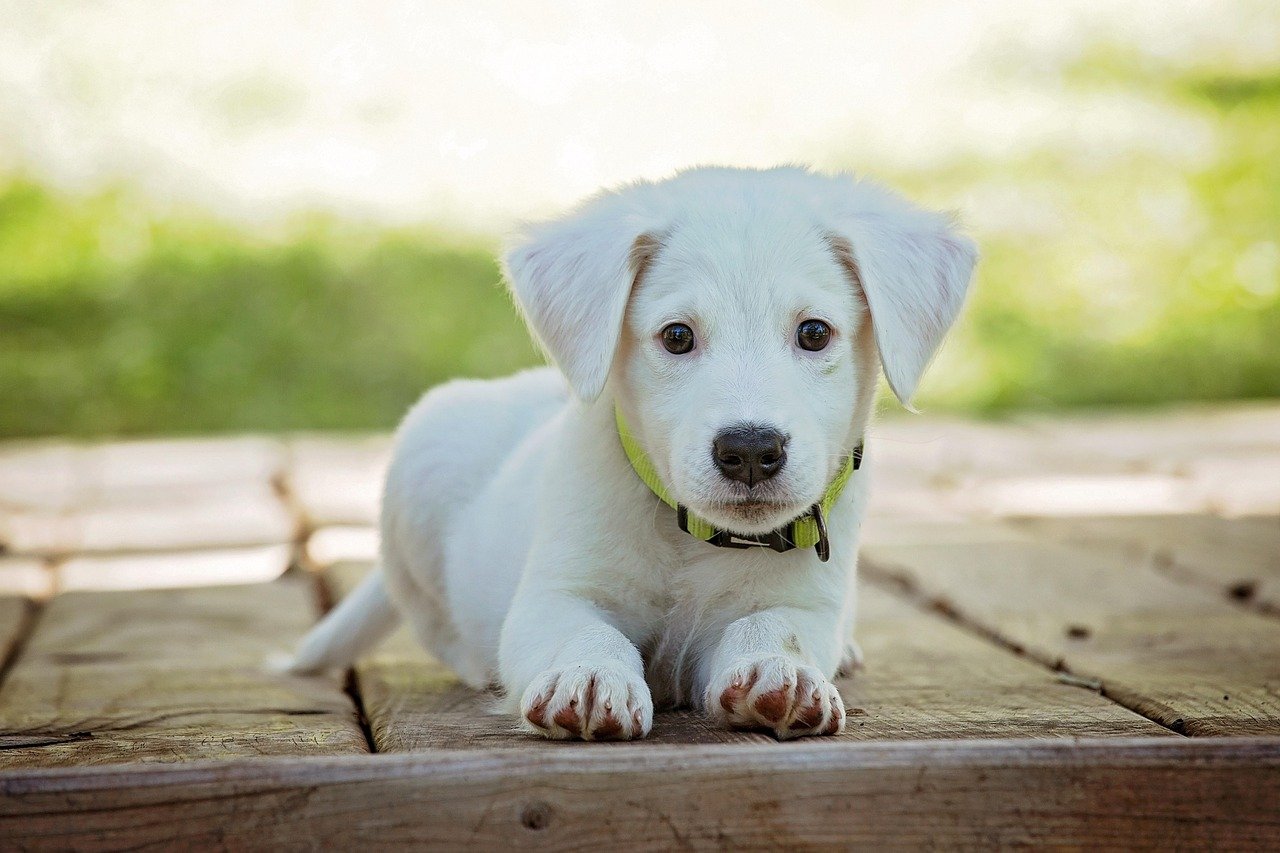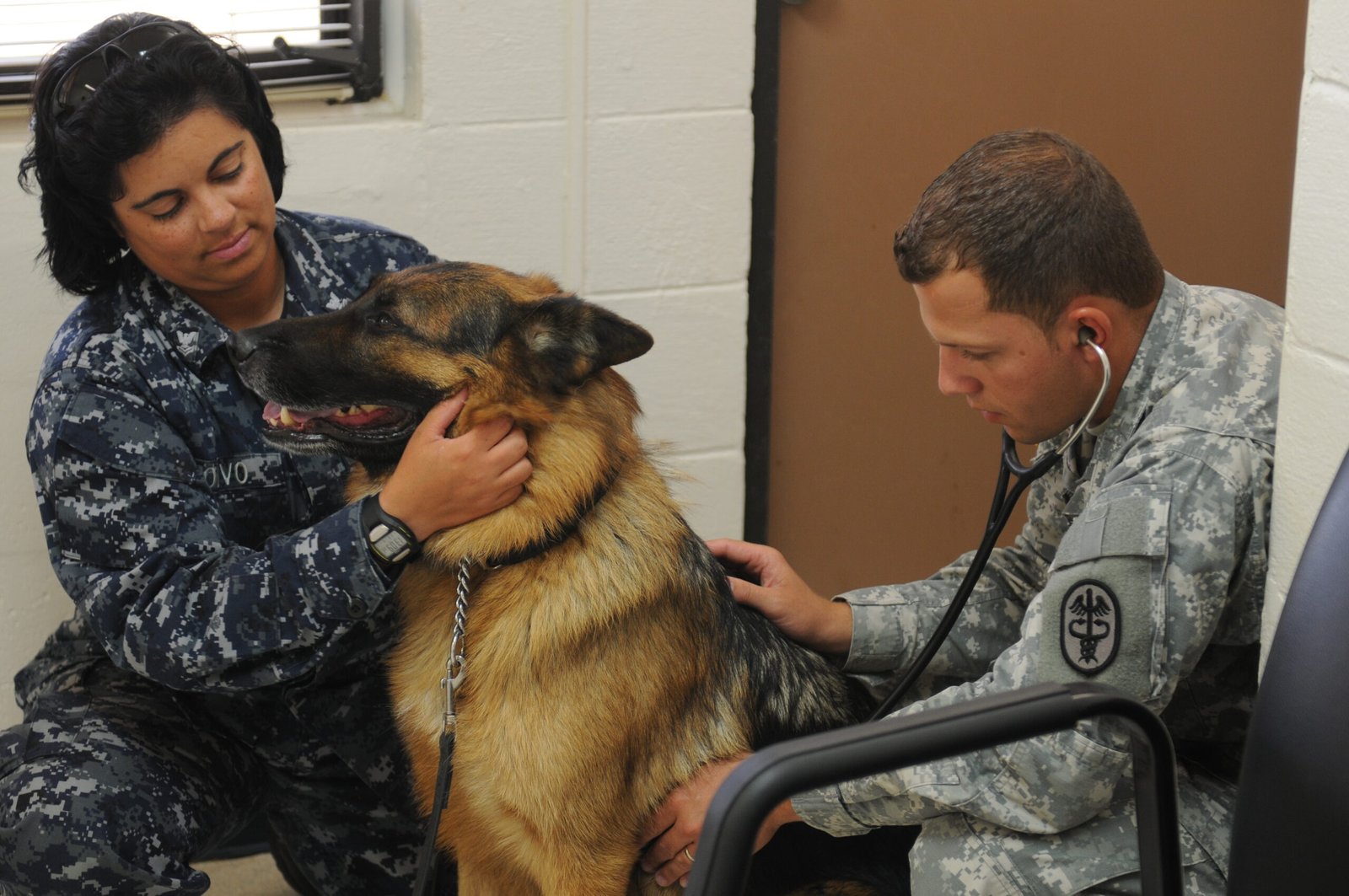Have you ever found yourself powerless in front of a dog’s soulful, pleading gaze? You’re not alone—those “puppy eyes” are more than just adorable; they’re the result of a fascinating evolutionary partnership between humans and dogs. Incredibly, dogs have developed a way to tap into our emotions using their facial expressions, especially that irresistible, wide-eyed look. But how did our furry friends master this heart-melting skill? Let’s dig into the science behind puppy eyes and unravel how dogs learned to speak straight to our hearts—without ever saying a word.
A Surprising Evolutionary Advantage

It might be shocking, but dogs weren’t always masters of emotional communication. Their wild ancestors, wolves, lacked the dramatic eyebrow movements that make today’s dogs so expressive. Over thousands of years living alongside humans, dogs developed special facial muscles that allow them to raise their inner eyebrows. This small change has had a huge impact—it makes their eyes look bigger and more childlike, triggering a nurturing response in people. Scientists believe that humans unwittingly encouraged this trait by giving more attention and care to dogs that could make these appealing faces. So, next time you see those pleading eyes, remember: evolution is hard at work!
The Unique Muscles Behind the Look

What exactly gives dogs the ability to make puppy eyes? The answer lies in two tiny muscles: the levator anguli oculi medialis and the retractor anguli oculi lateralis. While wolves barely have these muscles, domestic dogs boast well-developed versions. When dogs contract these muscles, their eyebrows lift, creating that signature look of concern or innocence. This subtle movement is so powerful because it mirrors the way human infants look when they need help, making us feel instantly protective. It’s almost as if dogs learned how to push our emotional buttons—on purpose!
Emotional Communication or Clever Manipulation?
Is your dog really sad, or just trying to get a treat? The answer is a little bit of both. Dogs are experts at reading human reactions and adjusting their behavior to get what they want. Studies have shown that dogs use puppy eyes more often when people are watching them, but much less when alone. This suggests they’ve learned which facial expressions are most effective for getting our attention. It’s a clever survival trick, but it also shows just how deeply dogs understand our emotions. In a way, they’ve become emotional mind readers—masters in the art of getting us to open our hearts (and sometimes our snack jars).
Why Humans Respond So Strongly

Why do we melt when a dog gives us the puppy eyes? The answer lies in our own biology. Seeing that wide-eyed look triggers the same emotional pathways in the brain as seeing a human baby. Our brains release oxytocin, sometimes called the “love hormone,” making us feel bonded and protective. This reaction is so strong that it transcends culture, age, and background—almost everyone feels the urge to comfort a sad-looking dog. It’s a beautiful example of how two very different species have learned to communicate on an emotional level, creating a bond that feels almost magical.
Puppy Eyes in Action: Everyday Scenarios
If you live with a dog, you’ve probably experienced the power of puppy eyes firsthand. Maybe your dog gives you that look when you’re eating dinner, hoping for a bite. Or perhaps they use it when you grab your keys, begging you not to leave. Dogs quickly learn which situations call for their most dramatic expressions and use them to maximum effect. Even puppies just a few weeks old can pull off a convincing “sad face,” showing how deeply rooted this skill is. It’s not just about getting treats—sometimes it’s their way of saying, “I love you,” or “Please don’t go.”
How Puppies Learn to Use Their Eyes
Puppy eyes aren’t just an accident—they’re a learned skill. While some dogs seem to be natural actors, most puppies perfect the technique by watching their owners’ reactions. When a puppy notices that a certain look makes people smile or offer affection, they’ll repeat it again and again. Over time, this becomes a powerful tool in their communication toolbox. Training, socialization, and positive reinforcement all help puppies hone their expressive faces. Before long, they’re experts at using their eyes to speak volumes, even without barking or whining.
Puppy Eyes Across Different Breeds

Not all dogs have the same puppy-eye power. Breeds with more expressive faces—like Labrador Retrievers, Beagles, and Boxers—are especially skilled at melting hearts. Dogs with shorter snouts and bigger eyes tend to look more “human,” which makes their expressions even more striking. However, even breeds with less flexible faces, like Bulldogs or Greyhounds, find their own way to connect emotionally. Each breed brings its unique style to the art of communication, proving that the bond between dogs and humans is about more than just looks—it’s also about intent and connection.
The Future of Canine Communication

As our understanding of dog behavior grows, so does our appreciation for the subtle ways dogs communicate. Researchers are now exploring technology that could translate canine facial expressions into data, helping us better understand what our pets are feeling. With advances in AI and facial recognition, we may soon be able to “read” a dog’s mood as easily as we do a human’s. Imagine a world where we can respond to our dogs’ needs in real time, deepening the extraordinary bond we share. The science of puppy eyes is just the beginning of an exciting journey into the hearts and minds of our canine friends.
Jen is a passionate nature lover and ocean conservationist. She has dedicated her life to protecting the environment and preserving the beauty of the natural world. Growing up in a small coastal town, Jen sincerely appreciated the ocean and its inhabitants. She has spent countless hours exploring the shoreline, learning about the creatures that inhabit the waters, and advocating for their protection. Jen is an active member of ocean conservation organizations, and she is committed to educating the public about the importance of conserving wildlife and the natural environment.





